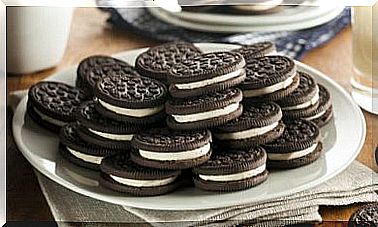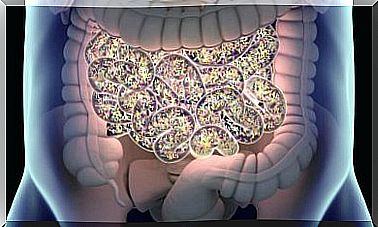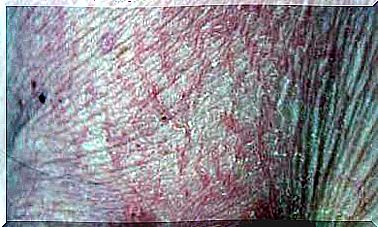What Is Tooth Decay And How Is It Formed?
Tooth decay can be caused by cariogenic bacteria such as Streptococcus mutans. However, there are factors of diet and hygiene that affect its appearance. How is it formed?
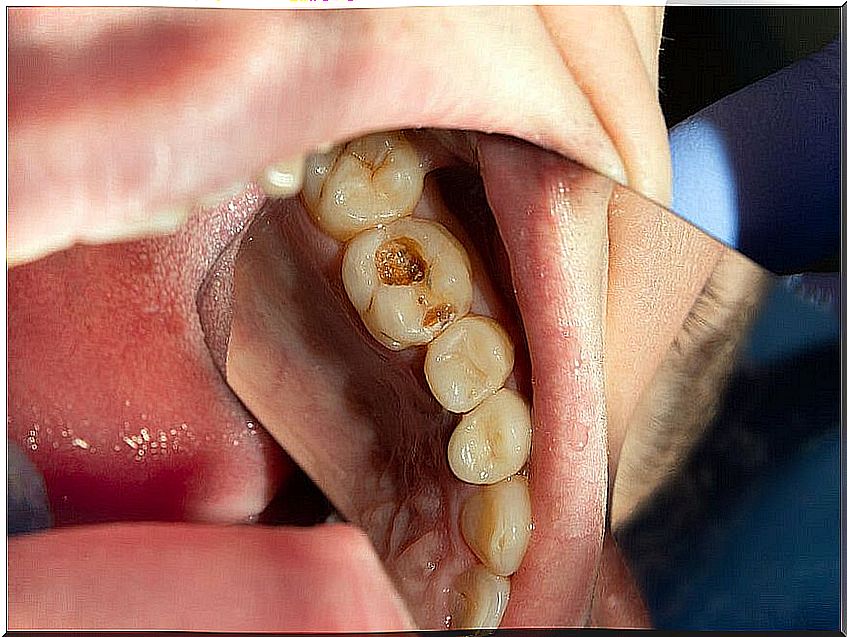
Tooth decay is a multifactorial disease that affects the teeth. It is related to diet, intraoral bacteria, saliva composition, and other factors.
First, it damages the enamel, the surface layer of the tooth, and gradually advances until it reaches the pulp. The culprits of its formation are cariogenic bacteria, of which the most relevant is Streptococcus mutans. These bacteria demineralize tooth enamel and cause pathology.

How does tooth decay form?
Not only is the presence of bacteria necessary for the disease to originate. There are other risk factors:
- Decreased oral pH due to the consumption of acidic foods or drinks, such as carbonated drinks.
- Cariogenic diet (high consumption of sugars, sticky foods, etc.)
- Poor oral hygiene
- Little amount of saliva.
- Dental crowding that makes hygiene difficult.
- Enamel abnormalities, such as hypocalcifications.
- Periodontal disease.

Tooth decay begins as a white, chalky-looking spot caused by hypocalcification of the enamel. If it continues to demineralize, the disease progresses and a dark-colored cavitation forms.
During its evolution it is even capable of splitting the tooth. Once the cavity reaches the dentin, sensitivity to cold, heat and sweetness begins to appear. The treatment at this time would be the filling.
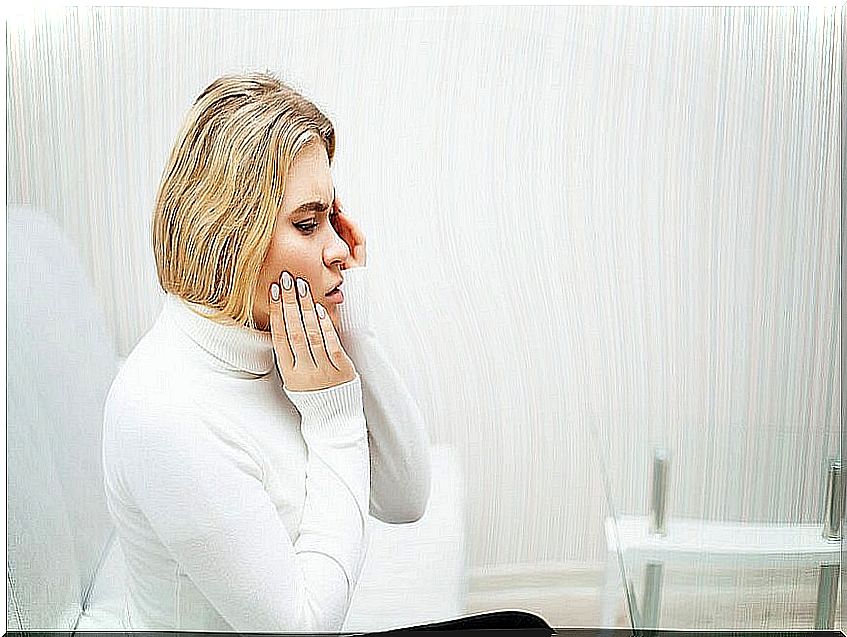
If it is not treated in time, the decay continues to advance and reaches the pulp, giving rise to more or less intense dental pain. An infection and a dental abscess can form at the level of the root apex. When tooth decay reaches this point, the only possible treatment is root canal.
How to avoid it?
The easiest ways to avoid cavities are:
1. Proper oral hygiene that eliminates plaque
The habit of brushing teeth is the most effective way to avoid cavities. Mechanical brushing removes plaque and food debris that accumulates on the teeth and serves as a niche for colonies of bacteria.

The dentist must teach how to perform a correct brushing as well as recommend a brush and a paste appropriate to the needs of each patient.
2.Use of mouthwashes and fluoride toothpastes
The use of fluoride mouthwashes and toothpastes is necessary to help remineralize the enamel, since it makes it more resistant to the action of cariogenic bacteria.
The following measures in addition to toothbrushing improve hygiene, but can never replace this habit:
- Change in diet: less sugary foods should be consumed.
- Go to check-ups with the dentist at least 2 times a year.
- Using dental sealants on children.
After finding a carious lesion, or any warning sign, it is advisable to go to the dentist to eliminate the lesion and prevent it from continuing to evolve.

